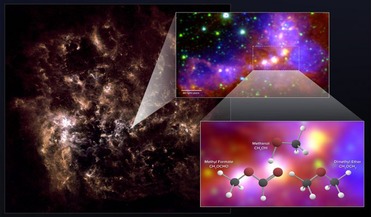 31 January 2018
Surprise find of complex organic molecules in LMC
31 January 2018
Surprise find of complex organic molecules in LMC
..., which severely throttles back the pace of star formation.” However, new observations with the Atacama Large Millimeter/submillimeter Array (ALMA) by Sewilo and team, have revealed the chemical signatures of the complex organic molecules dimethyl...
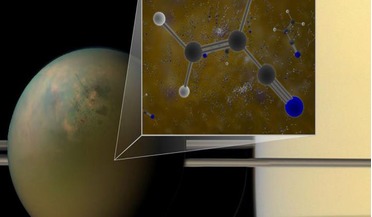 31 July 2017
Complex chemistry on Titan may form membranes
31 July 2017
Complex chemistry on Titan may form membranes
... know it could perhaps form, if enough of the right ingredients could be sourced. Now, using the Atacama Large Millimeter/submillimeter Array (ALMA) a team of scientists have used archival data to find compelling evidence that molecules of a compound...
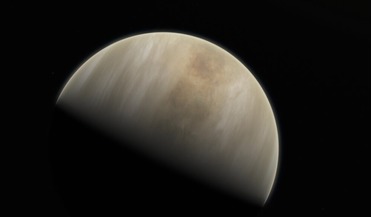 30 October 2020
It seems there might not be life on Venus after all, say two new studies
30 October 2020
It seems there might not be life on Venus after all, say two new studies
...two different detections; one using the Atacama Large Millimeter/submillimeter Array in Chile and another using the James... Different parameters obviously produce different results, so now that ALMA has updated its processing package, there is a chance...
 22 December 2016
Faint signals of water in the nearby Universe can now be detected by ALMA
22 December 2016
Faint signals of water in the nearby Universe can now be detected by ALMA
Astronomers searching for water in the Universe have been given a boost, as the Atacama Large Millimetre/Submillimetre Array (ALMA) has begun observing in a new range of the electromagnetic spectrum which enables the detection of H2O molecules. The ...
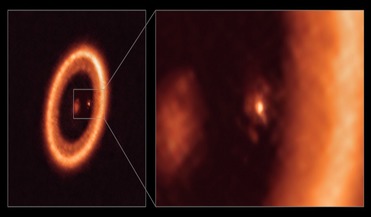 23 July 2021
Astronomers detect a disk where exoplanet moons could be forming
23 July 2021
Astronomers detect a disk where exoplanet moons could be forming
... telescopes that are capable of detecting faint radio waves given off by tiny particles of dust, the Atacama Large Millimetre/submillimetre Array (ALMA) is perfectly poised to peer past the glare of a bright star and pick out forming planets nearby...
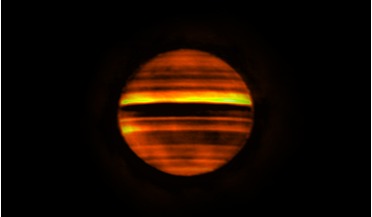 23 August 2019
Energetic eruption helps astronomers peer deep within Jupiter's atmosphere
23 August 2019
Energetic eruption helps astronomers peer deep within Jupiter's atmosphere
...made with other telescopes at approximately the same time. “These ALMA maps at millimetre wavelengths complement the maps made with the National Science Foundation’s Very Large Array in centimetre wavelengths,” said Bryan Butler of the National Radio...